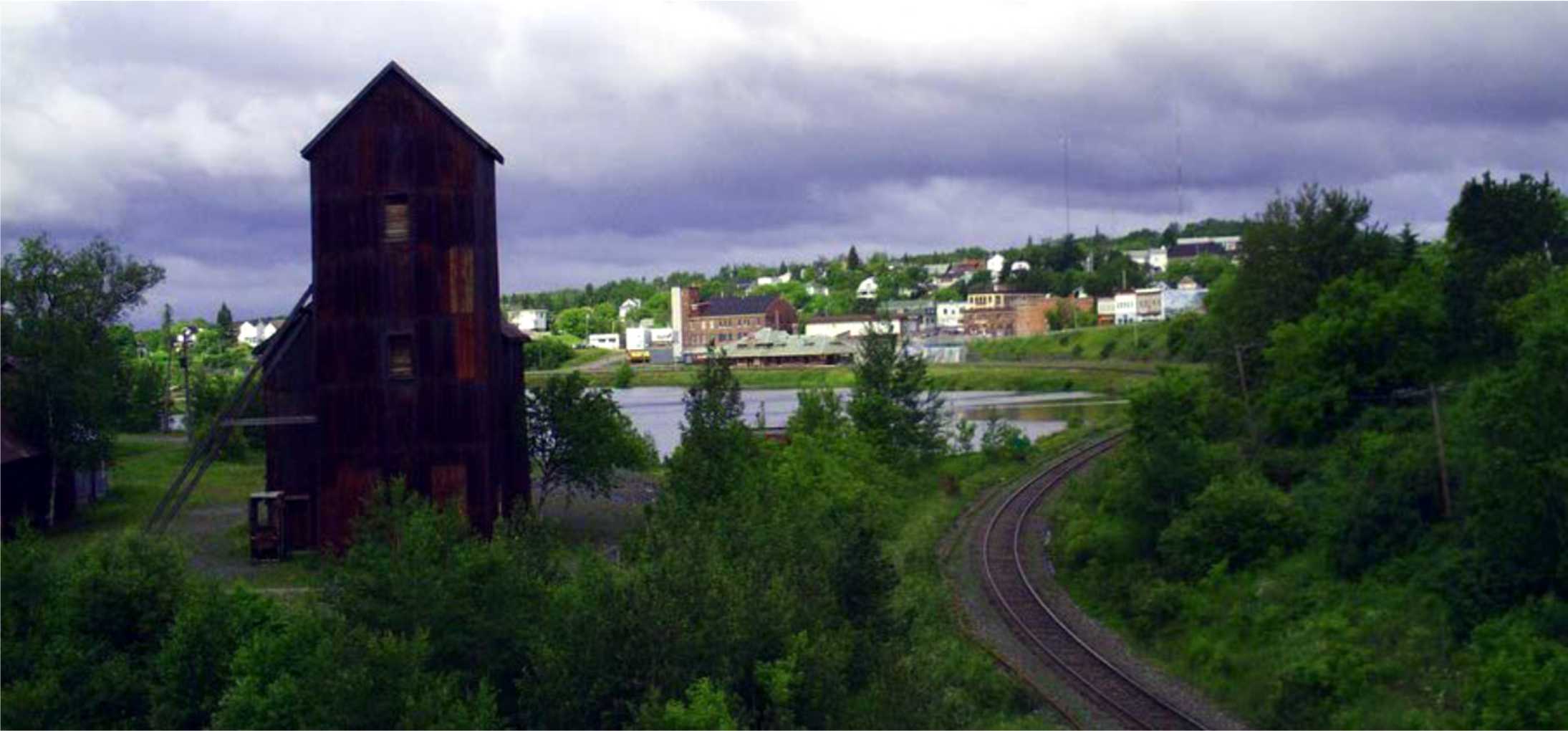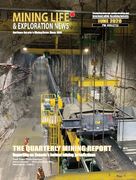“Blue Metal” cobalt shortage reviving the Town of Cobalt

Cobalt is in a deficit position.
And that has been good news for the Town of Cobalt in Northeastern Ontario.
Palisade Research (PR) comments: “Looking at the state of current cobalt production, there is not enough supply to satiate the coming green revolution.
There are no large scale copper or nickel projects with cobalt by-products poised to break ground in the near future. There is nowhere for cobalt to go but up.”
Cobalt, known as the “blue metal,” hit a five-year high earlier this year. It is used in batteries, along with lithium which is the new darling of the energy sector.
PR is owned by Palisade Global Investments, which provides information on a variety of investment options and also invests in companies.
Last fall and early winter saw a staking and acquisition rush in and around the famous silver producing community of Cobalt. The mineral cobalt was considered waste rock during the period when only the precious metal silver was wanted.
In a cobalt overview, PM notes the battery industry currently uses 42 per cent of global cobalt production, a critical metal for Lithium-ion cells. The remaining 58 per cent is used in diverse industrial and military applications (super alloys, catalysts, magnets, pigments…) that rely exclusively on the material.
Cobalt is the secret ingredient in lithium ion batteries. Battery-electric vehicles like Tesla’s contain approximately 50kg, or about 10% of the total battery weight, in every car.
Six companies are among those active in the Cobalt area, LiCo Energy Metals Inc., CobalTech Mining Inc., Cobalt Power Group, Cruz Cobalt Group, Brixton and Castle Silver Resources.
No surprises then that Cobalt the town has been – and is even now – a magnet for firms hunting for vestiges of the district’s semi-famous silver lodes.
Cobalt the mineral? Not so much, even though the mineral did make a useful appearance after the silver boom died and the town faced ruin. The solution was at hand and Cobalt found its salvation in the mineral for which the town was named – the mineral which, mixed with the silver ore had been only a nuisance, making the smelting and refining operations much more difficult.
Science, the threat of war, and improving technology all had a part in Cobalt’s revival. The mineral cobalt, long used in the form of an oxide in the ceramic industries, now found a host of other uses.
“An interesting thing about the cobalt market is the fact that cobalt is a by-product, almost completely, and is produced in large measure in one country (Democratic Republic of the Congo) in the world,” Stormcrow Capital principal Jon Hykawy observed at a recent conference in Toronto.
“So the supply risk from a geographical point of view as well as an economic point of view is considerable. You don’t see that in many of the other critical materials.”
Meanwhile, Cobalt’s substantial old cobalt muck piles and tailings dumps are the focus of renewed interest.
“I understand there are three Australian companies buying a lot of beverages up in the Cobalt area right now,” the Toronto conference heard.
“They see the [potential to] produce cobalt without the cost of having to mine the ore as having some attraction moving forward.”
Palisade notes that in the Cobalt area, silver-cobalt mineralization has historically occurred in steeply-dipping carbonate veins. Most of the silver-cobalt has been extracted from veins within the Coleman sediments; however, the lower diabase-volcanics are now being revealed to host significant mineralization.
Cobalt was historically a nuisance for silver miners, especially in smelting and refining. However, uses for cobalt began to emerge with the improvement of technology; soon the element was being used in alloys and cutting tools.
With the threat of global war looming, the merits of cobalt became apparent, and the metal soon became one of the world’s most revered elements.
And to the benefit of the Town of Cobalt, the Silver Camp became one of the few areas in the world to host primary cobalt mines.

|